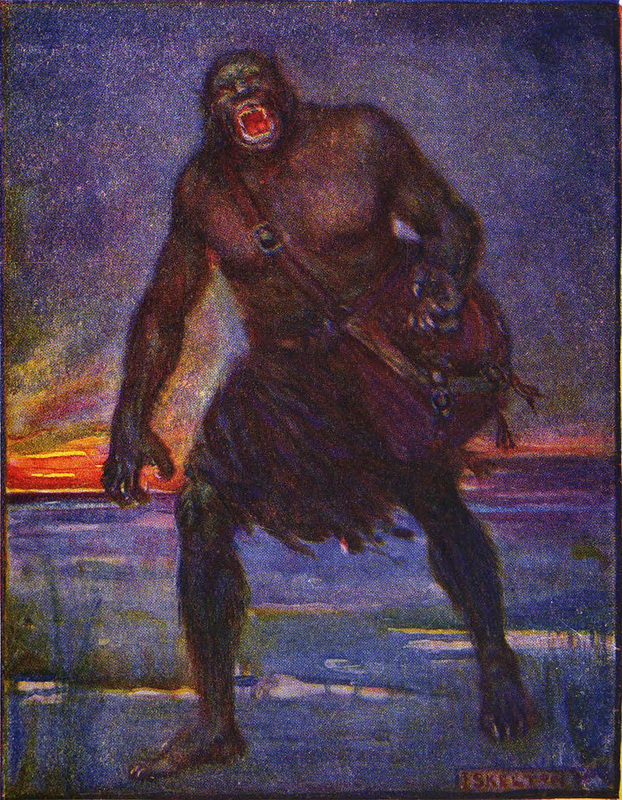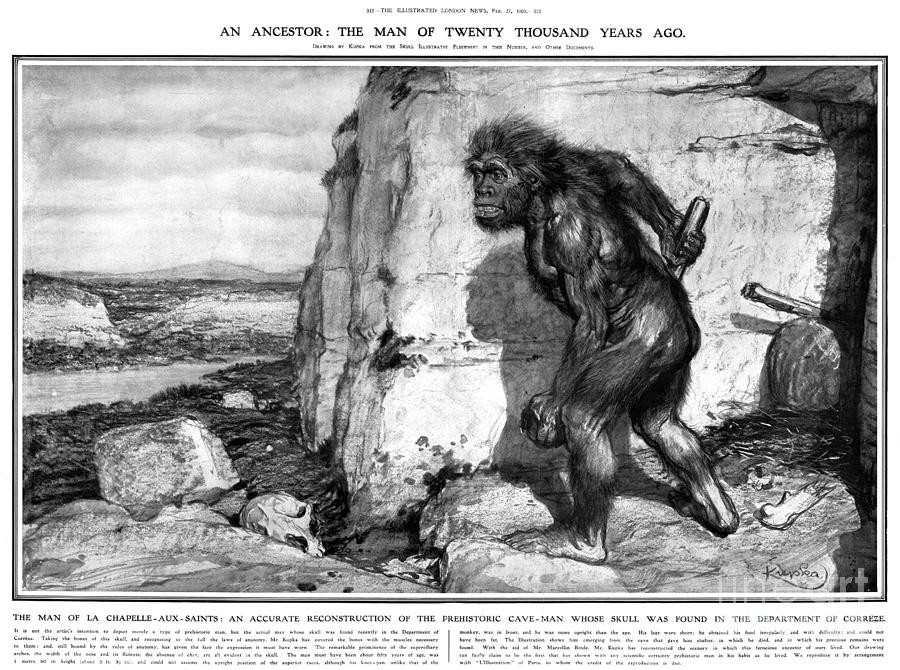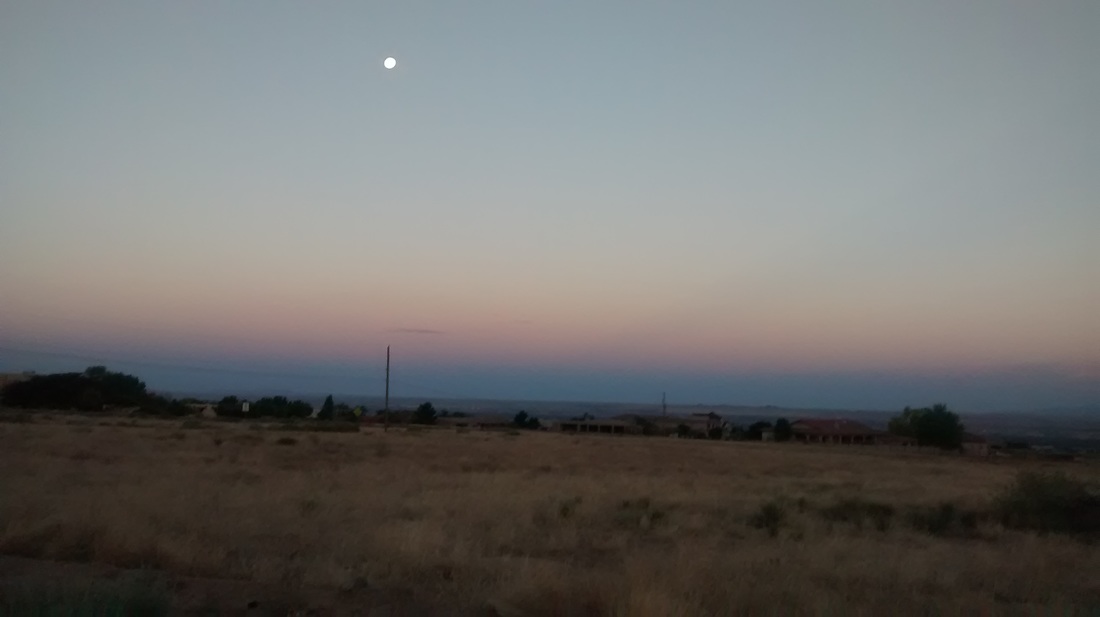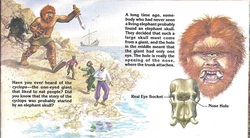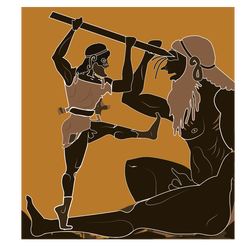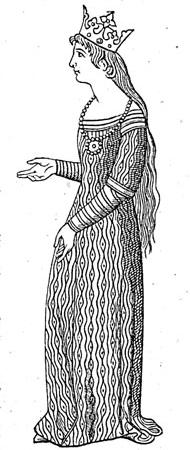
For instance, Anglo-Saxon scops, or storytellers, compared the bubbles and foam that form around the prow of a ship as it cuts through the water to a necklace on a woman's throat. They knew that the course which a ship took through the water could also be traversed by swans or whales. Therefore, when the hero takes a boat from the land of the Geats to Denmark, the poet uses kennings and says that Beowulf's foamy-throated ship goes over the swan- road to reach the tide-beaten land.
This Anglo-Saxon love of kennings has persisted in the Germanic propensity to form compound words.
The kenning freodwebbe, or peace-weaver is used to describe Wealtheow, the Queen of the Danes, wife of Hrothgar, and mistress of the great hall Heorot. This term refers to a woman married from one tribe into another in order to secure peace between the two groups. While it is obvious that the Danes are one of the groups Wealtheow's marriage was to unite, we know very little of her original family or clan. In line 620, the poet calls Wealtheow "the Helming woman," but the Helmings are not a tribe that can be historically identified. They show up in no other work of Anglo-Saxon literature. I wonder if they even existed by the the time the Beowulf poem was being written down, or had they succumbed to warfare or disease.
Wealtheow's name further confuses those who want to understand her background. Wealtheow is a compound, a combination of wealh, which means Celt, foreigner or slave, and theow, which means in bondage, service, or not free. Although she moves freely through Heorot, Wealtheow's name suggests that she is not there of her own accord. Several researchers explain that there is not a clear distinction in Anglo-Saxon law between a woman being offered by her tribe as a pledge of good faith between tribes and a woman being taken from her tribe as a hostage. Other precious items such as jewelry and battle gear were exchanged as seals of good faith between tribes, demonstrating that women were treated as commodities in the Anglo-Saxon world.
Although she is a queen, Wealtheow is in a difficult position. She is isolated within a society that may not accept her as one of their own. Stripped of the protection of her own family, she lives among people she may not like or trust because they have, in essence, kidnapped her. Her goal, to weave peace among two peoples, is ultimately in the hands of the men who surround her, and who have already proven themselves warlike in the very act of taking her.
Jennifer Bohnhoff writes historical and contemporary fiction for middle school through adult readers. You can learn more about her at her website.
